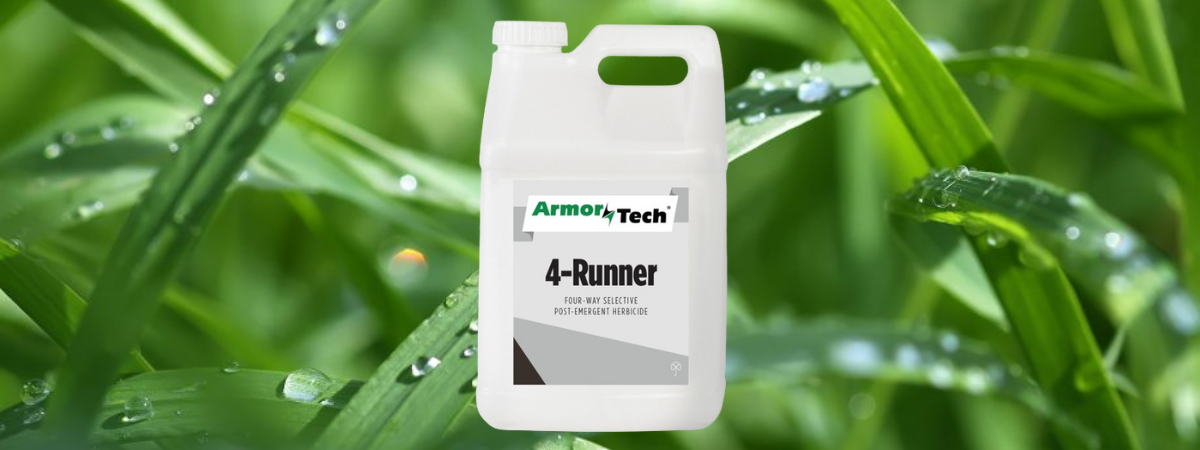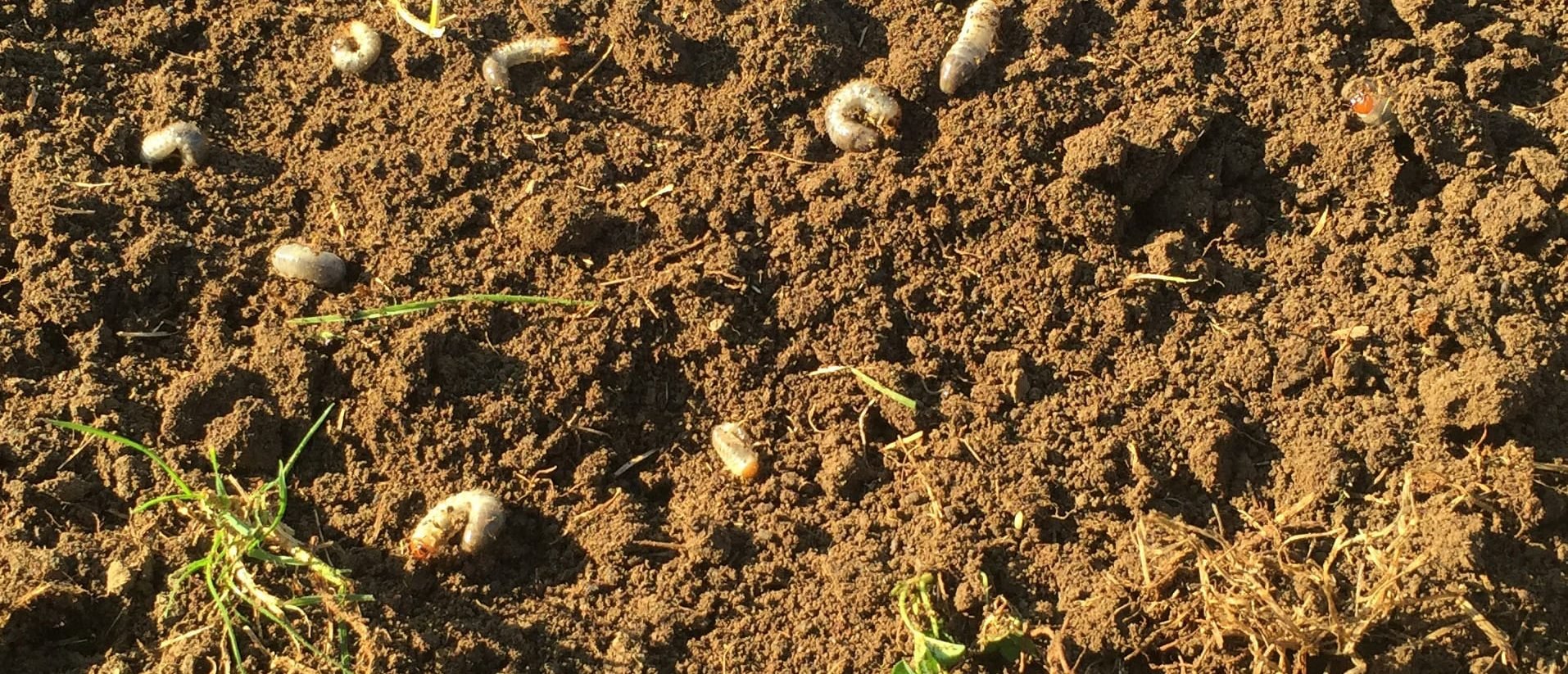White clover, also known as white trefoil, honeysuckle clover, or Dutch clover, is a perennial broadleaf weed that’s notoriously hard to kill. This blog post will explore how to identify and treat it.
White clover has a creeping growth habit and long petioles. Its leaves grow in threes, except for the occasional four-leaf clover, and have a unique “watermark” coloration. White clover produces off-white flowers that are sometimes slightly pink, though not to be confused with the dark pink flowers of red clover.

White clover can produce its own nitrogen, which makes it competitive in low-nitrogen soils. A nitrogen-rich environment supports the cultural control of white clover. Chemical control that includes both herbicide and fertilizer is also effective.
Look for a three- or four-way herbicide containing fluroxypyr, triclopyr, or quinclorac to treat white clover. Also, consider an adjuvant to maximize your application. Read product labels and consult your ATS representative for help selecting an herbicide and, potentially, adjuvant for your needs.
Fall is the best time to treat white clover. Broadleaf weed control is most successful in the fall because the weeds are preparing for winter by storing nutrients in their roots. Herbicides can go along for the ride to target the weed at the root.
It’s best to make an herbicide application on a sunny day without rain in the 24-hour forecast, as overcast conditions and rainfall reduce efficacy. Try to give the herbicide time to dry on the leaf surface.












